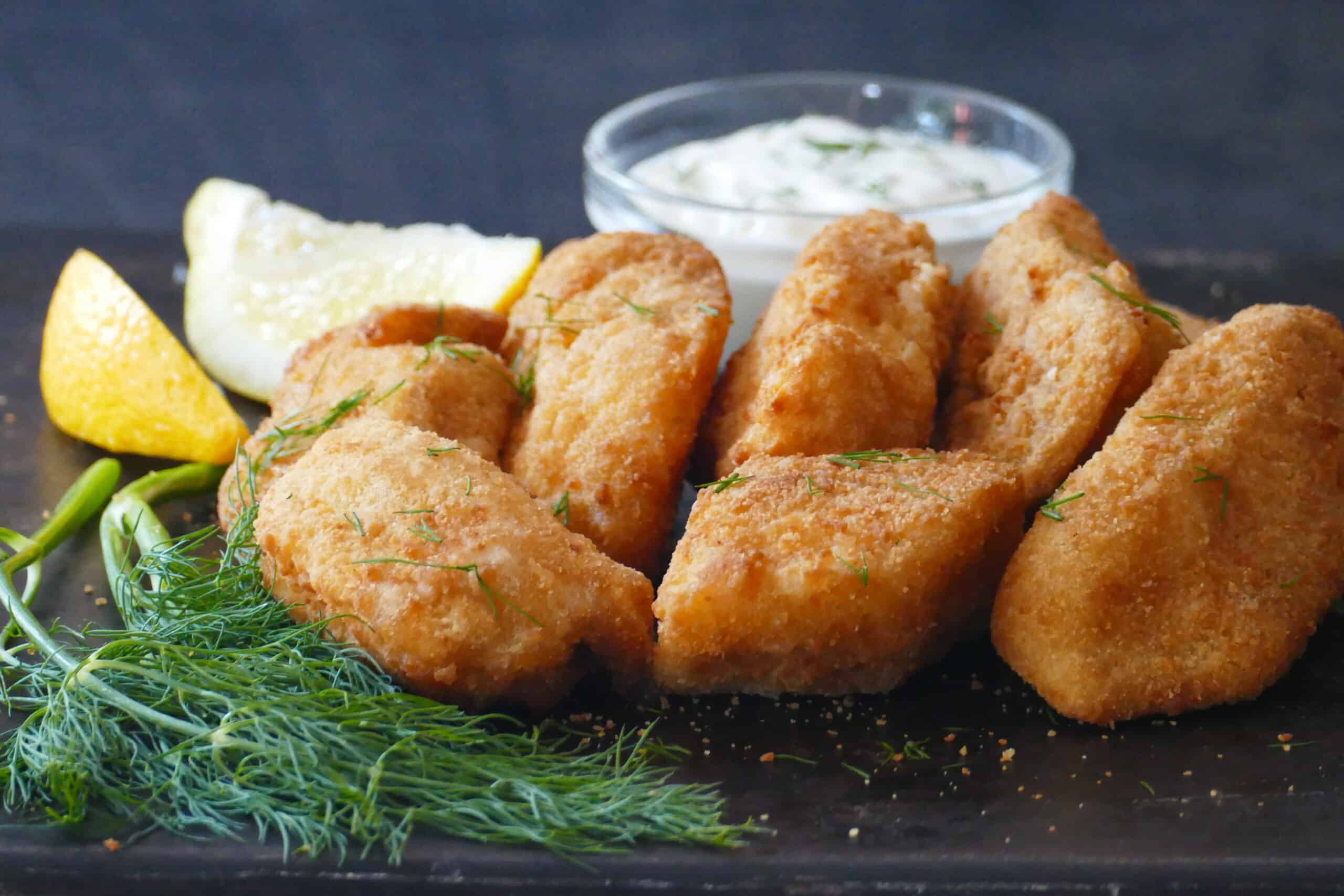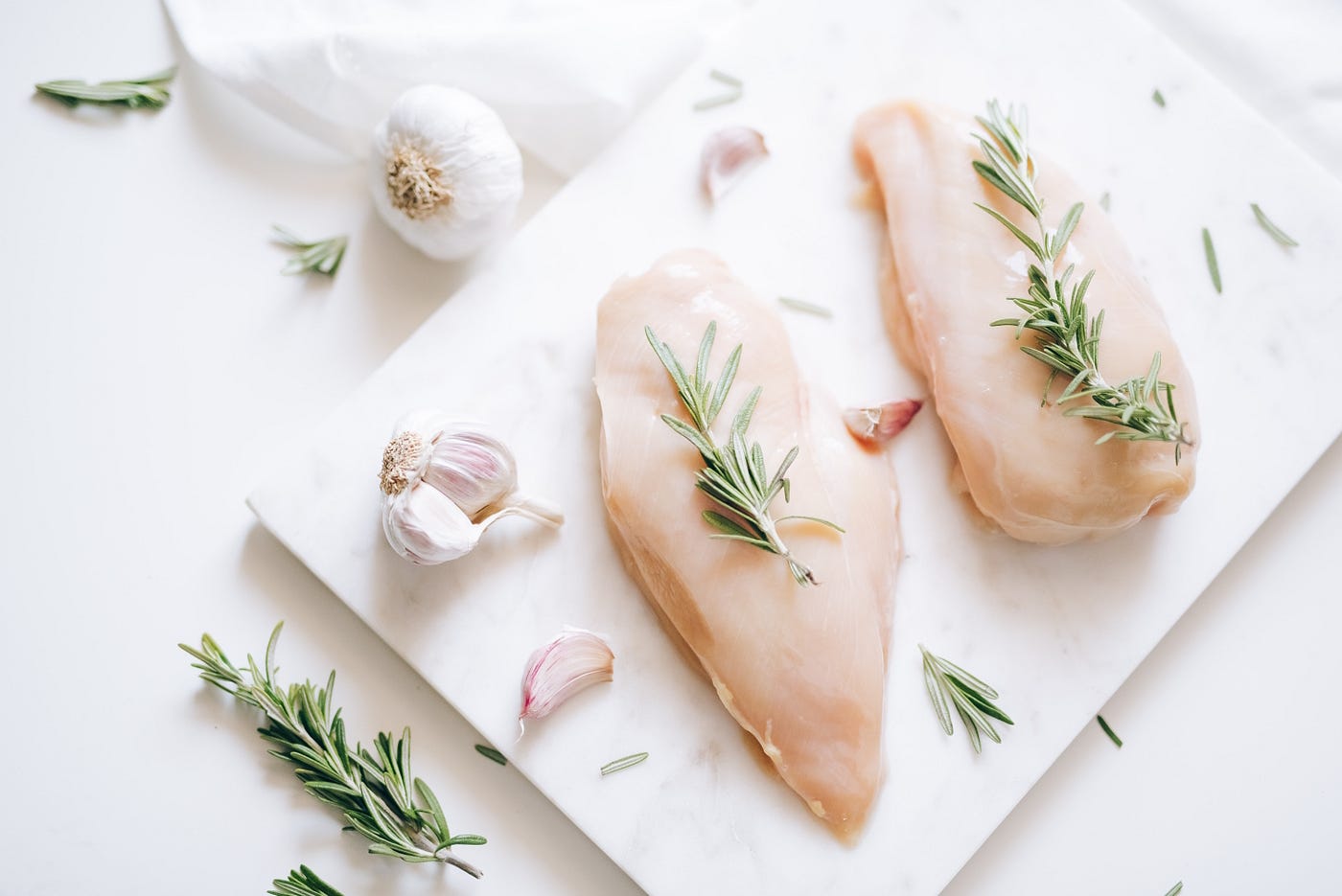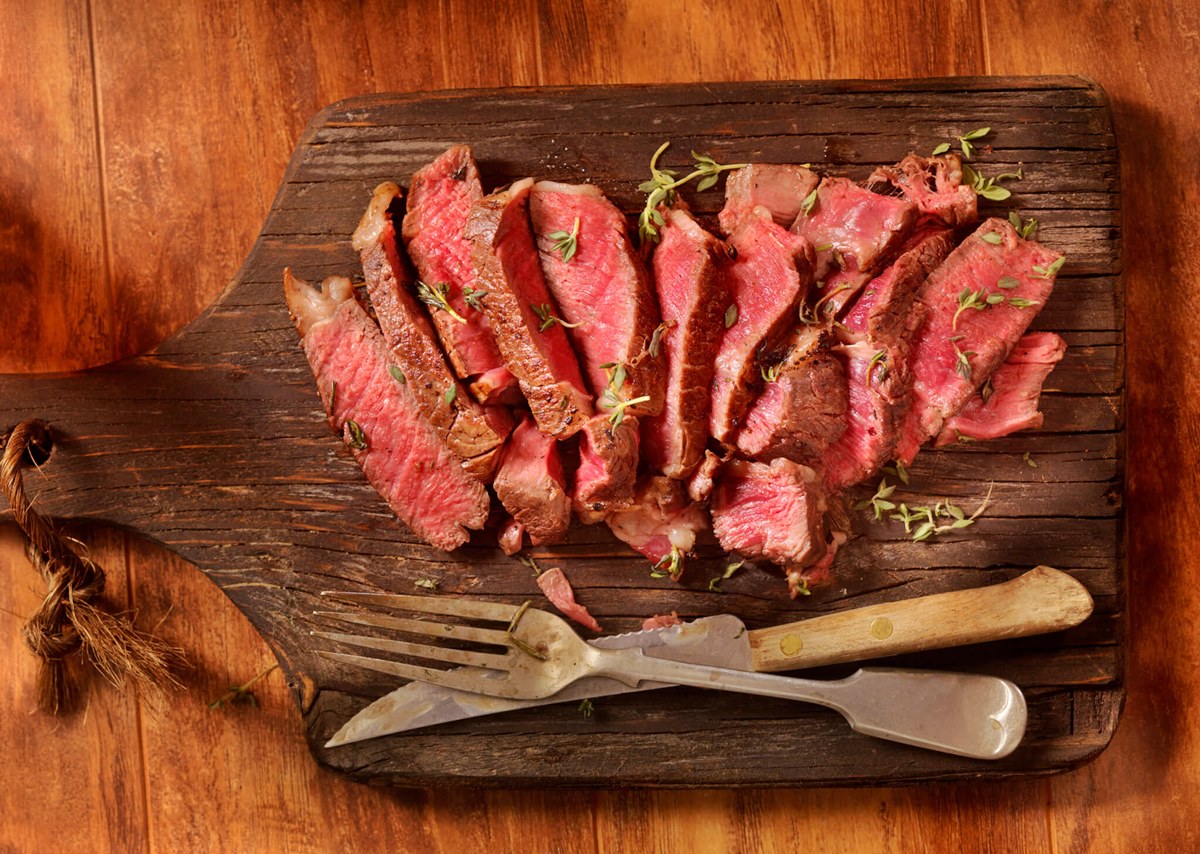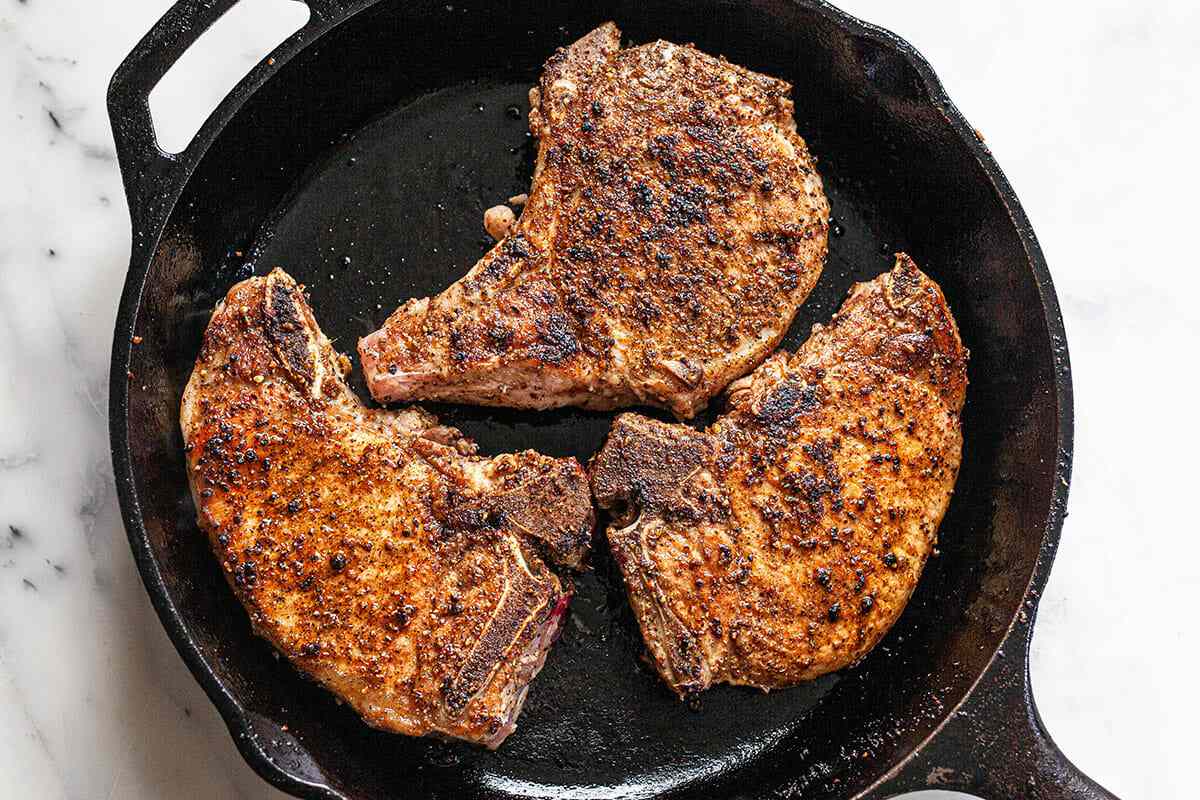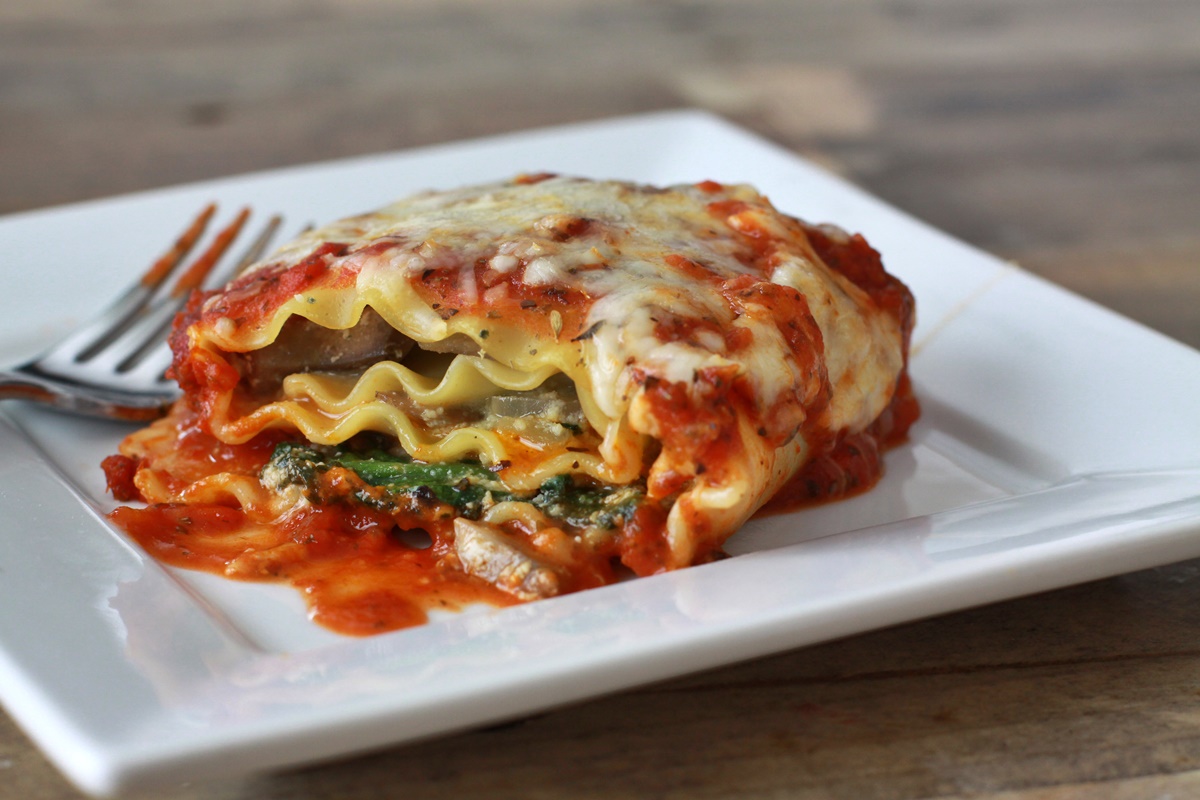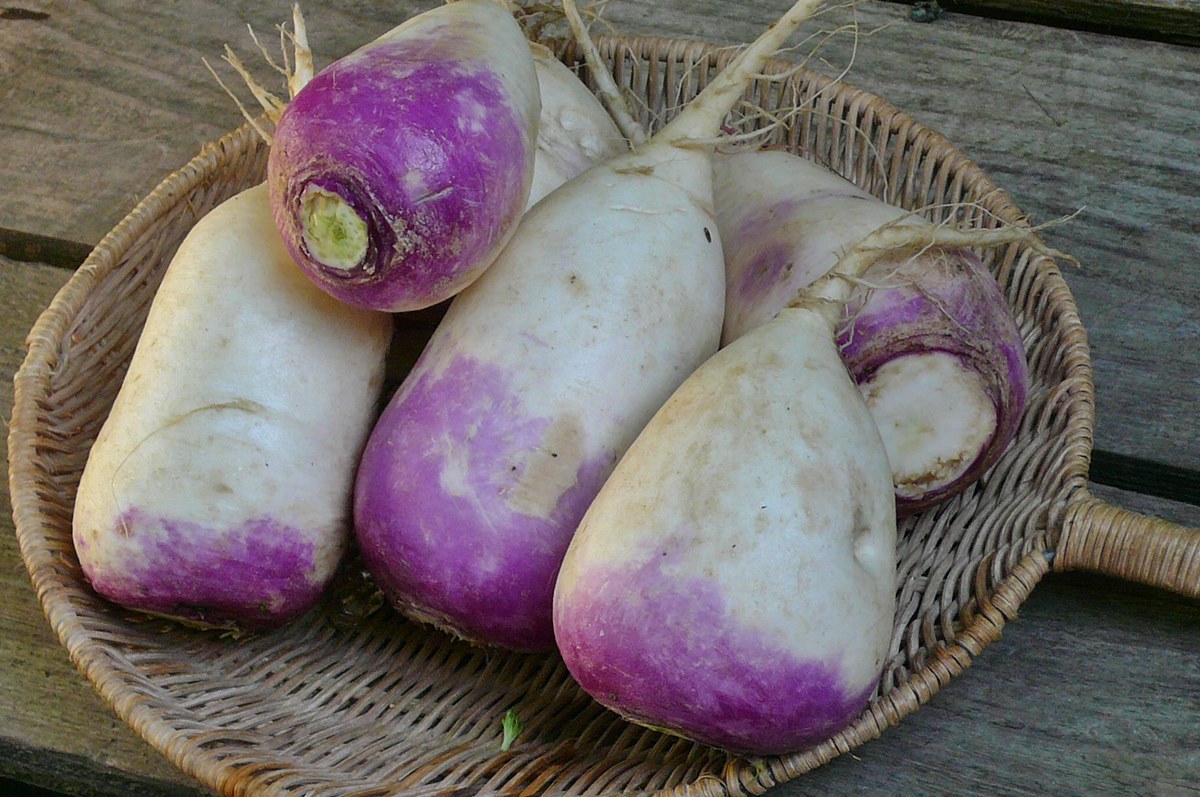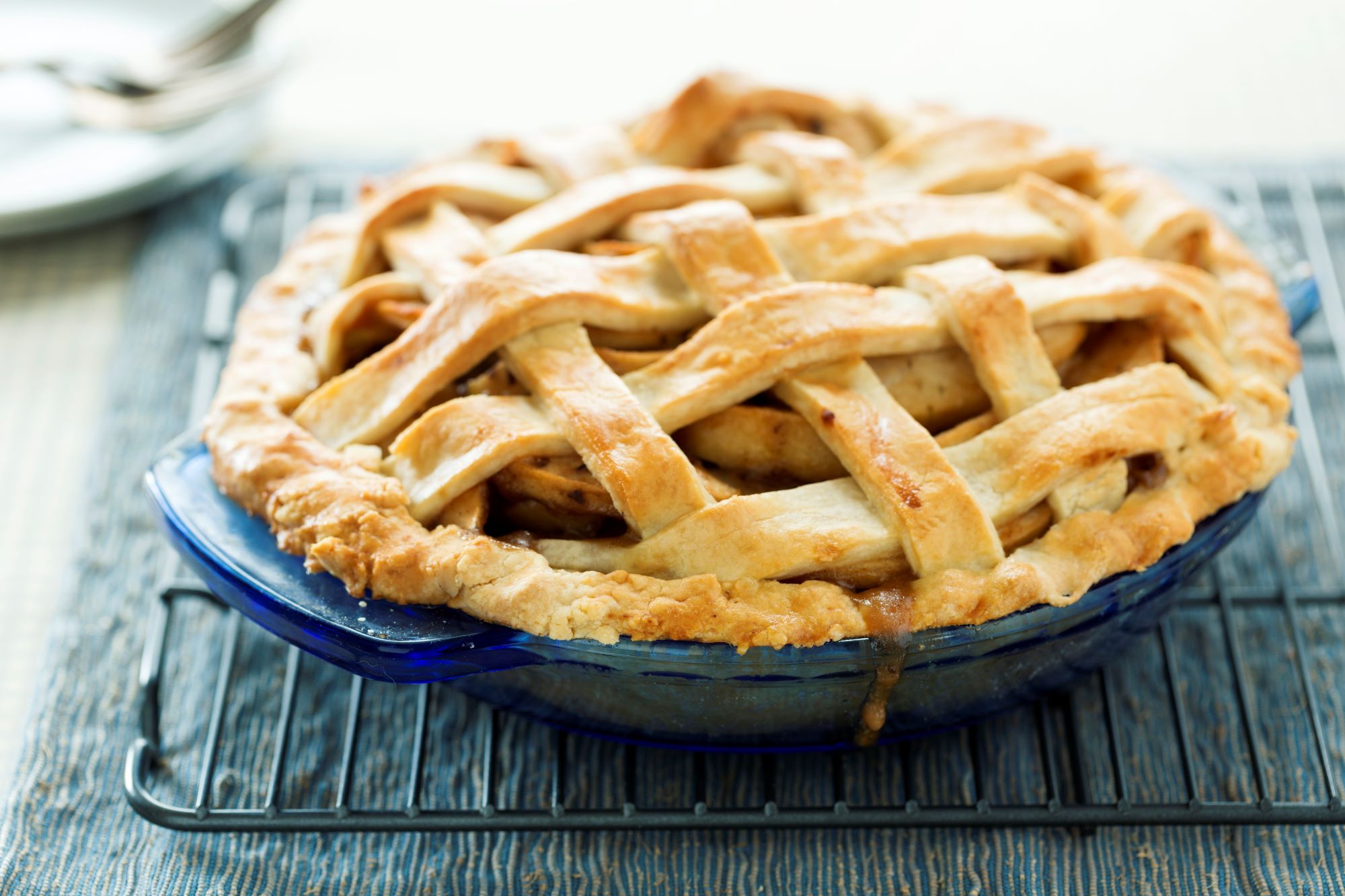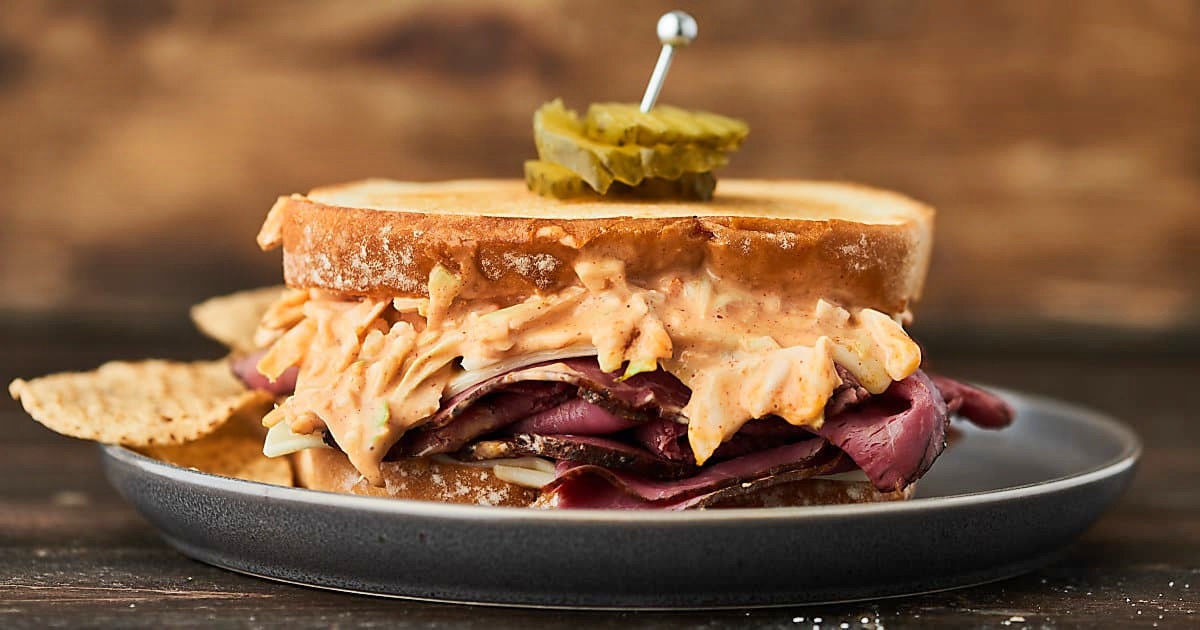Cooking diced beef transforms simple ingredients into mouthwatering dishes, from hearty stews to savory stir-fries. Mastering the art of preparing this versatile meat begins with selecting quality cuts and understanding the basics of seasoning and cooking times. Whether you're aiming for tender chunks in a rich, slow-cooked casserole or seeking the perfect sear for a quick, flavorful addition to tacos, the key lies in technique and patience. In this guide, we'll walk through essential tips and tricks to elevate your diced beef dishes, ensuring each bite is as delicious as it is satisfying. Ready to enhance your culinary skills? Let's dive into the world of diced beef.
Essential Ingredients for Diced Beef Delight
- Diced beef (about 1 pound or 450 grams)
- Olive oil (2 tablespoons)
- Salt (to taste)
- Black pepper (to taste)
- Garlic (2 cloves, minced)
- Onion (1 large, finely chopped)
- Carrots (2, peeled and diced)
- Celery stalks (2, diced)
- Beef broth (2 cups or 480 ml)
- Tomato paste (1 tablespoon)
- Red wine (1/2 cup, optional)
- Bay leaves (2)
- Thyme (1 teaspoon, dried or a few sprigs of fresh)
- Rosemary (1 teaspoon, dried or a sprig of fresh)
Must-Have Kitchen Tools for Cooking Diced Beef
- Sharp Chef's Knife
- Cutting Board
- Heavy-Bottomed Skillet or Dutch Oven
- Meat Thermometer
- Tongs
- Wooden Spoon or Spatula
- Mixing Bowls
- Measuring Cups and Spoons
Cooking diced beef perfectly involves searing cubes on high heat for a rich color, then simmering slowly in liquid for tenderness. Patience during this process ensures flavorful, succulent bites.
The Art of Cooking Diced Beef: Why It Matters
Cooking diced beef properly is essential for tender, flavorful dishes. High heat initially seals in juices, then slow cooking breaks down tough fibers. This method ensures each bite is succulent and rich in taste. Understanding this technique transforms ordinary meals into extraordinary culinary experiences, elevating home cooking to new heights.
Mastering the art of cooking diced beef not only enhances the flavor but also maximizes nutritional benefits. Proteins remain intact, and vitamins are preserved during the slow cooking process. Thus, it's not just about the taste but also about nourishing the body with high-quality, well-prepared meat.
Your Ultimate Guide to Cooking Diced Beef
-
Select Quality Diced Beef: Opt for fresh, high-quality diced beef. Look for pieces that are uniformly cut to ensure even cooking.
-
Season Generously: Before cooking, season your diced beef with salt, pepper, and any other spices you prefer. This step enhances flavor.
-
Preheat Your Pan: Heat a heavy-based pan or skillet over medium-high heat. A hot pan ensures the beef gets a good sear.
-
Add Oil: Once the pan is hot, add a small amount of cooking oil. Choose an oil with a high smoke point, like canola or vegetable oil.
-
Brown the Beef: Add the diced beef to the pan in a single layer. Avoid overcrowding to ensure each piece browns nicely. Cook without moving them for a couple of minutes until they develop a golden crust.
-
Stir Occasionally: After the beef pieces have browned on one side, stir them occasionally to ensure they brown evenly on all sides.
-
Don't Overcook: Cook the beef until it's just done to your liking. Overcooking can make it tough and chewy. For medium-rare, aim for an internal temperature of about 135°F (57°C).
-
Rest Before Serving: Once cooked, transfer the beef to a plate and let it rest for a few minutes. Resting allows the juices to redistribute, making the beef more tender and flavorful.
-
Serve: Your diced beef is now ready to be served. Enjoy it as is or use it in your favorite dish.
Mastering Diced Beef Perfection
Cooking diced beef to perfection isn't just about following a recipe. It's about understanding the cut, the cooking method, and how flavors blend to create a dish that's both satisfying and delicious. Whether you're simmering it slowly in a stew, browning it for a hearty beef pie, or tossing it into a stir-fry, the key is patience and attention to detail. Remember, high-quality beef, proper seasoning, and the right amount of cooking time will make all the difference. Experiment with different herbs and spices to find what works best for your palate. With practice, you'll find that cooking diced beef isn't just a culinary task but an art form. So, grab your apron, fire up the stove, and start your journey to becoming a diced beef maestro.
Explore More Recipes and Uses for Diced Beef
Once you've mastered the techniques of cooking diced beef, you're ready to experiment with a variety of dishes that showcase its versatility and flavor. From hearty stews to exotic international dishes, diced beef can be the star of many meals. Try the Classic Beef Stew Recipe for a comforting and traditional dish, or venture into something more aromatic and spicy with the Korean Beef Bulgogi Recipe. For those who enjoy a bit of heat, the Spicy Beef Tacos Recipe is a must. Each recipe offers a unique way to appreciate the rich flavors of beef, making them perfect for expanding your culinary repertoire.
All Your Questions About Diced Beef Answered
What's the best cut of beef for dicing?
For dicing, you'll want to go for cuts that balance flavor and tenderness. Chuck roast is a top pick, offering a rich taste and succulent texture when cooked slowly. Another great option is beef brisket, known for its deep flavor, perfect for stews and slow-cooked dishes.
How do I ensure my diced beef is tender?
Tenderizing diced beef starts with patience. Slow cooking is your friend here. Cook your beef on a low heat for several hours, allowing the connective tissues to break down without drying out the meat. Marinating your beef beforehand can also introduce additional moisture and tenderize the meat.
Can I cook diced beef in a slow cooker?
Absolutely, slow cookers are ideal for cooking diced beef. They maintain a consistent low temperature, ensuring your beef becomes tender and flavorful. Just remember to brown your beef in a pan first to lock in those juices and add an extra layer of flavor.
What are some quick seasoning tips for diced beef?
Seasoning diced beef doesn't have to be complicated. Salt and pepper are musts, but don't shy away from adding garlic powder, onion powder, or smoked paprika for a flavor boost. For an aromatic touch, throw in some fresh herbs like rosemary or thyme during the cooking process.
How long does it take to cook diced beef?
Cooking times can vary based on the cooking method and the size of your beef cubes. Generally, for stovetop cooking over medium heat, expect your diced beef to take about 1.5 to 2 hours to become tender. In a slow cooker, setting it on low for 6-8 hours should do the trick.
Is it necessary to brown diced beef before slow cooking?
While not strictly necessary, browning diced beef before adding it to a slow cooker can significantly enhance the dish's flavor. This step caramelizes the surface of the meat, adding a rich, complex taste that slow cooking alone won't achieve.
What's the difference between stewing and braising diced beef?
Stewing and braising both involve slow cooking diced beef in liquid, but there's a key difference. Stewing means the beef is fully submerged in the liquid, while braising only partially covers the meat. Braising is great for larger, single pieces of beef, whereas stewing is perfect for smaller, diced pieces.
Was this page helpful?
Read Next: How To Cook Potatoes For Seafood Boil

